The Lithuanian Defense Ministry said in a Twitter post on October 9 that it had completed the construction and reinforcement of fortifications on a strategic bridge over the Neman River, near the border with Russia's Kaliningrad region.
Through this statement, Lithuania said that it has installed a series of anti-tank obstacles such as “dragon teeth” and “anti-tank hedgehogs” to protect its territory from potential threats. Some bridges are even prepared to be destroyed if necessary to stop the enemy's advance.
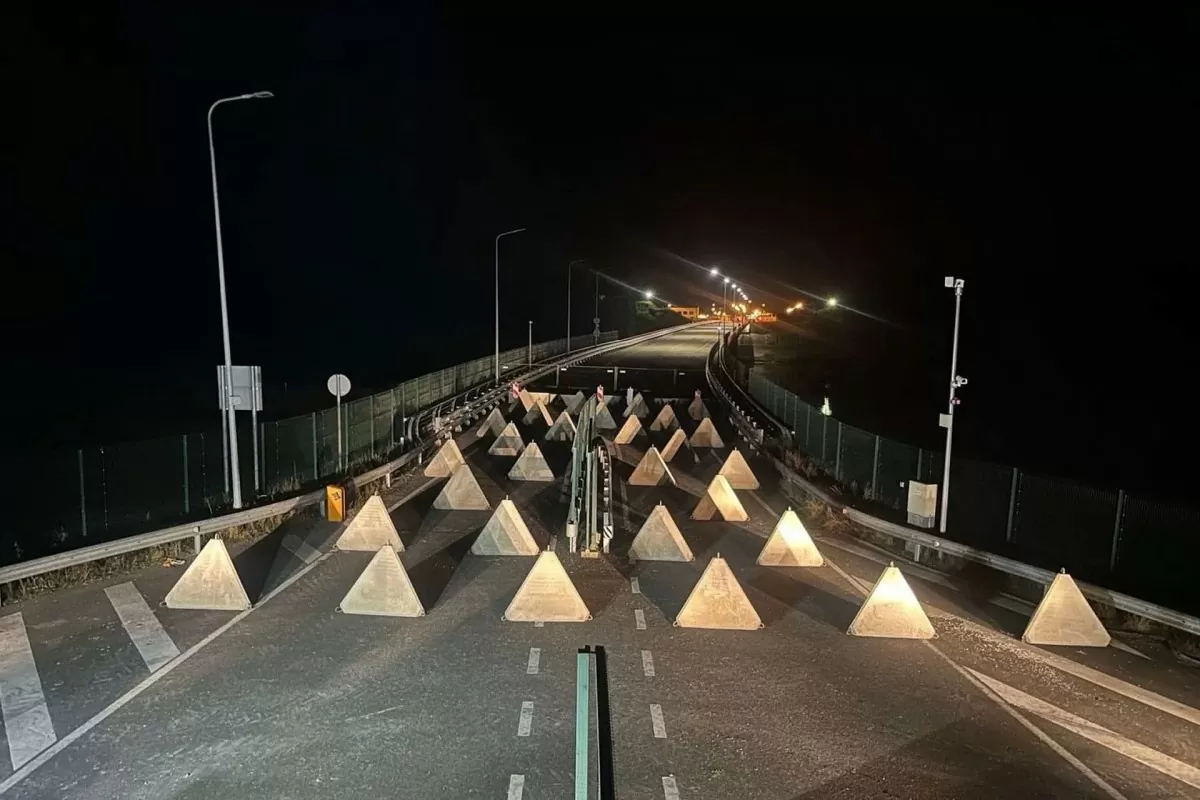 |
| Lithuania reinforces bridges with anti-tank obstacles near the Russian border. (Photo source: Lithuanian Ministry of Defense) |
Lithuanian Defense Minister Laurynas Kasčiūnas stressed that the minelaying of the bridges will strengthen defense capabilities and ensure security in border areas. These measures are part of an overall strategy to counter potential attacks from Russia or Belarus. The reinforcement of the fortifications is a sign of Lithuania's initiative and concern amid the increasingly tense situation in the region.
Lithuania is not the only country in the region taking defensive measures. Together with Latvia and Estonia, it has worked closely to build a joint defense line to protect NATO’s eastern flank. Estonian Defense Minister Hanno Pevkur said the defense lines were a direct response to the war in Ukraine, where physical barriers have proven to be crucial in preventing surprise attacks. He said the installation of obstacles and fortifications was a necessary step to ensure security and enable military forces to react quickly to any intrusions.
Latvia has also joined the initiative. Latvian Defense Minister Andris Spruds said that these defenses are not only aimed at deterring enemies but also serve to strengthen NATO's defense capabilities. The measures are part of resolutions adopted at the 2022 NATO Summit in Madrid, where leaders agreed to expand and strengthen defenses on the eastern border.
These fortifications are part of a larger security plan for the Baltic states, especially in the face of growing security threats from Russia. The three countries of Estonia, Latvia and Lithuania work together to ensure that any invasion from Russia or Belarus would be slowed and made difficult from the start. The defenses are based on strategic analysis, allowing the Baltic states to respond in a timely and appropriate manner to the enemy’s intentions.
At the 2022 NATO Summit, member states agreed on the importance of strengthening the security of its eastern borders, especially the Baltic states. NATO has developed a multi-layered defense approach, including the deployment of brigade-sized battle groups, rapid reaction forces, and multi-dimensional defense systems. These efforts focus not only on building physical barriers but also on cyber and air defenses.
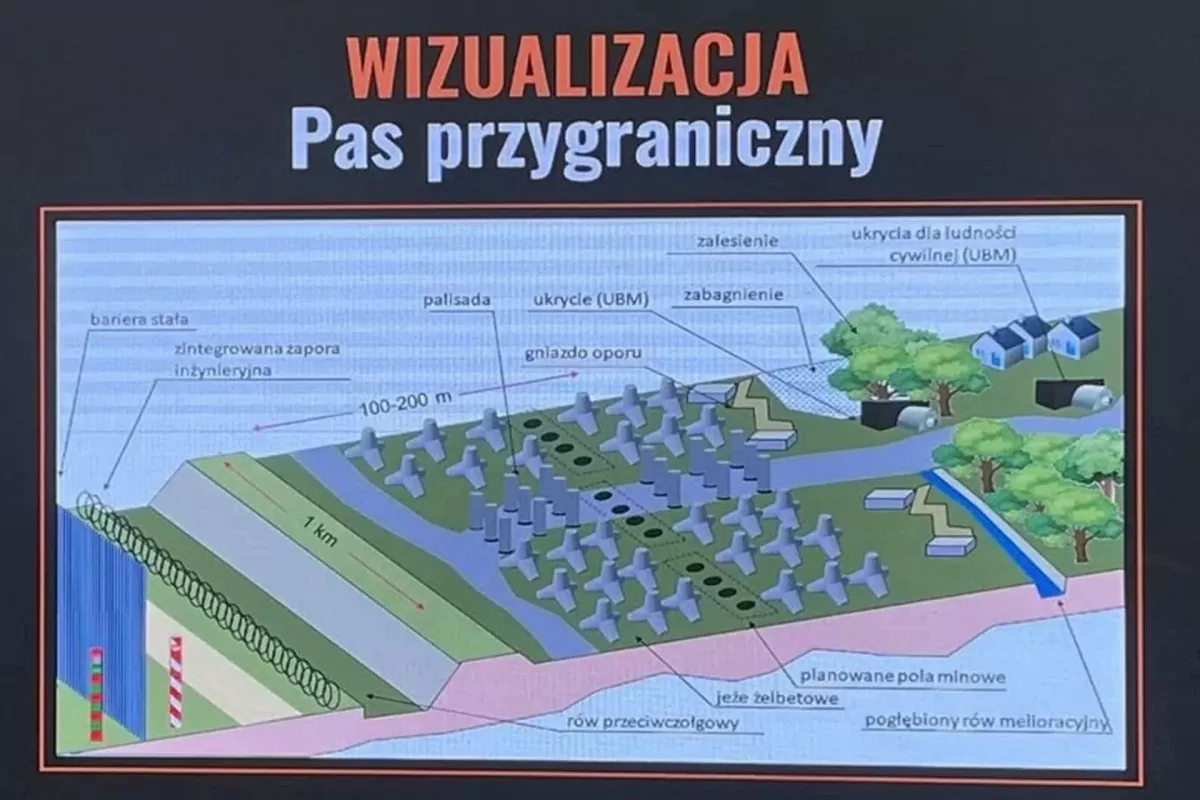 |
| Poland has launched a large-scale defense program called "Eastern Shield" to strengthen security on its eastern borders with Russia and Belarus. (Photo source: Polish Ministry of Defense) |
Alongside the Baltic states, Poland has also taken similar measures to protect its borders. In May 2024, Poland launched its “Eastern Shield” program, which involves building fortifications and barriers along its borders with Russia and Belarus. Covering a total length of about 700 kilometers, the multibillion-dollar project focuses on reinforcing strategic locations, setting up surveillance towers, and deploying counter-drone measures. The initiative is considered a key part of Poland’s security strategy, with financial support from the government and the European Union.
Physical defenses, as history has shown, have always played an important role in stopping enemy advances. For example, the Siegfried Line in Germany during World War II slowed down the Allied advance, allowing the Germans more time to counterattack. While these structures can be expensive and imperfect, they provide a strategic advantage and help protect countries from rapid invasion.
During the Russo-Ukrainian War, fortifications and obstacles also became a core element of both sides’ defensive strategies. Russian forces established complex defensive systems with trenches, anti-tank ditches, and obstacles to halt Ukrainian advances. In response, Ukraine reinforced its defenses, preparing for potential Russian counterattacks as combat conditions changed. These strategies demonstrate the important role of fortifications in modern warfare, slowing enemy advances and allowing defending forces to mount counterattacks.
Source: https://congthuong.vn/rang-rong-la-gi-ma-nato-rai-khap-bien-gioi-phia-dong-giap-nga-351695.html


![[Photo] Relatives of victims of the earthquake in Myanmar were moved and grateful to the rescue team of the Vietnamese Ministry of National Defense.](https://vstatic.vietnam.vn/vietnam/resource/IMAGE/2025/4/2/aa6a37e9b59543dfb0ddc7f44162a7a7)




![[Photo] Third meeting of the Organizing Subcommittee serving the 14th National Party Congress](https://vstatic.vietnam.vn/vietnam/resource/IMAGE/2025/4/2/3f342a185e714df58aad8c0fc08e4af2)
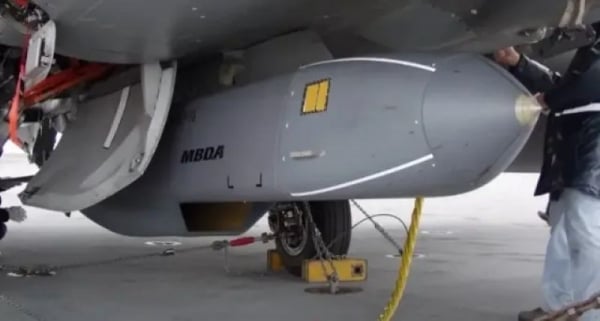
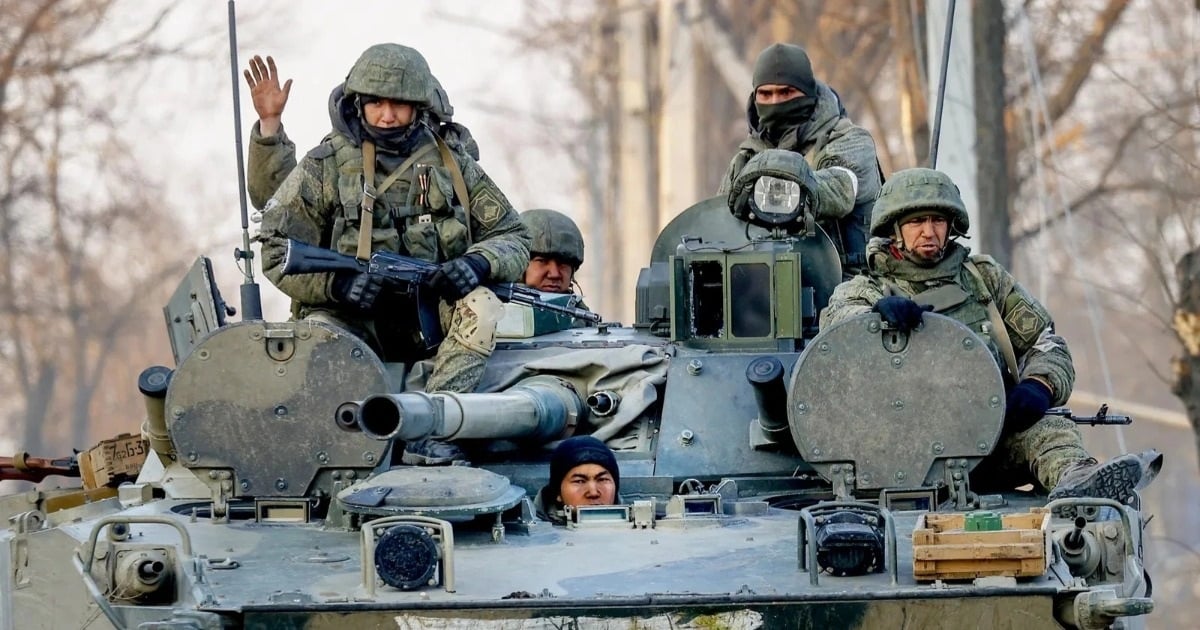


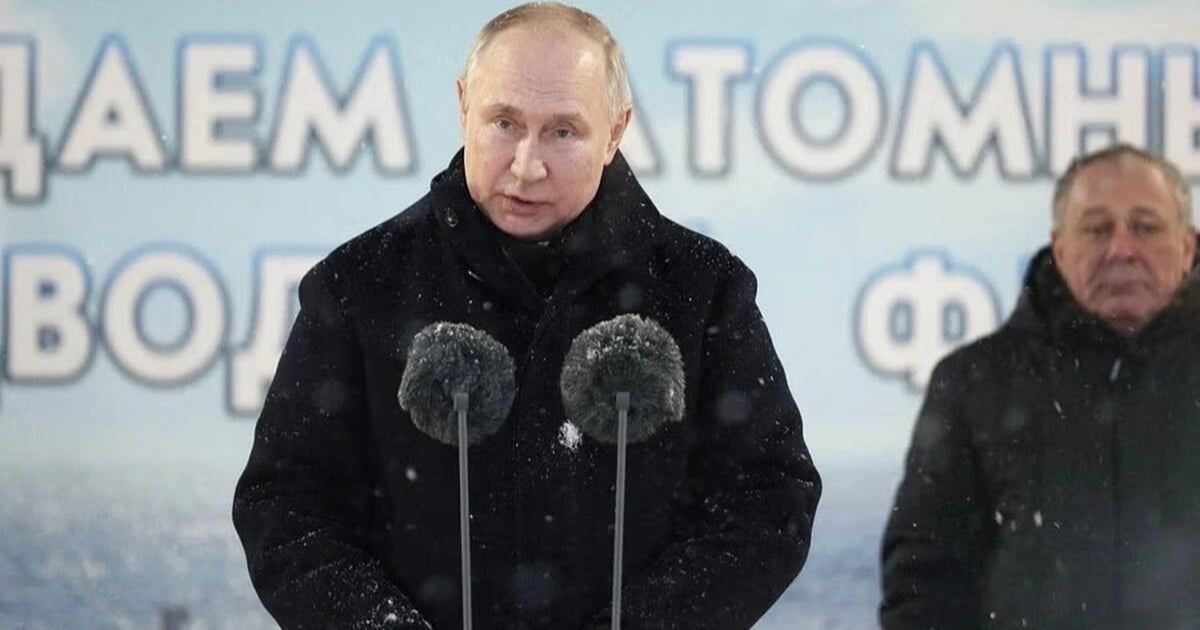
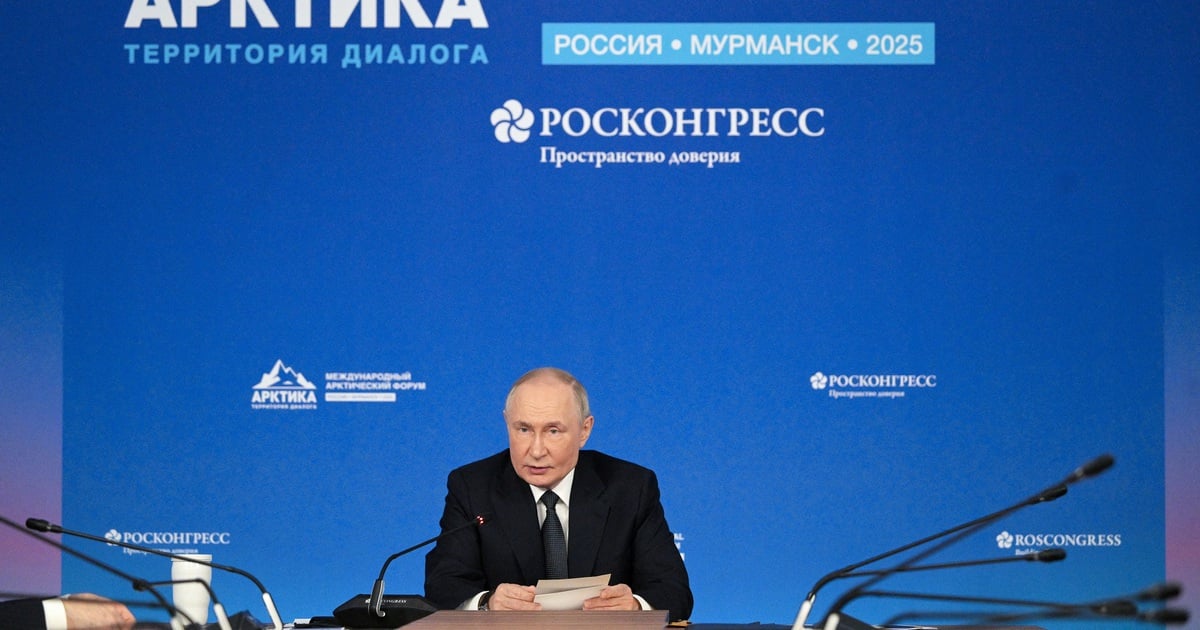

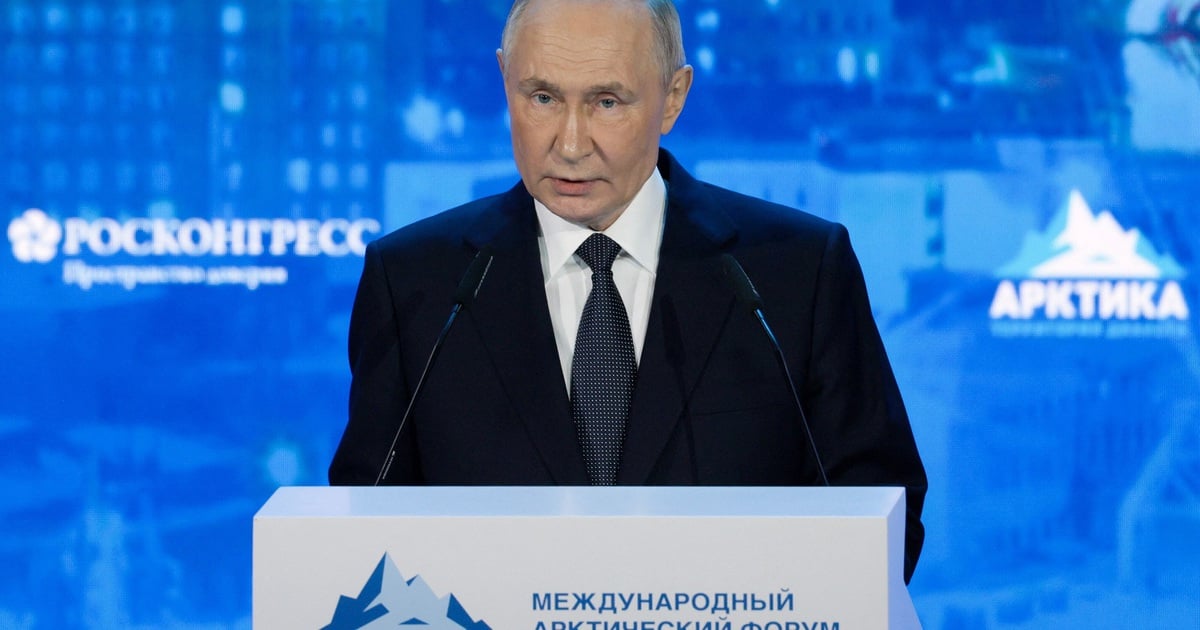













































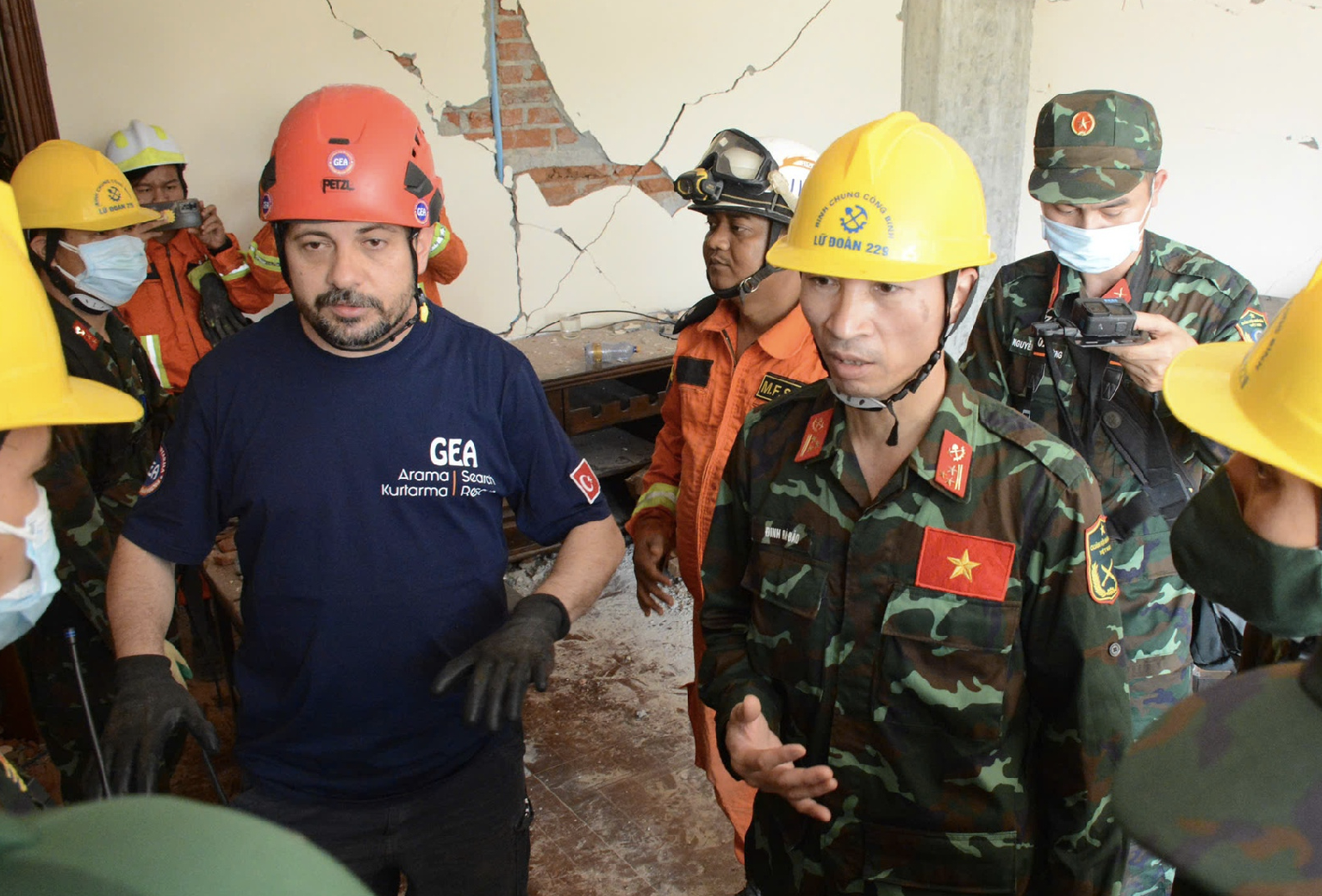









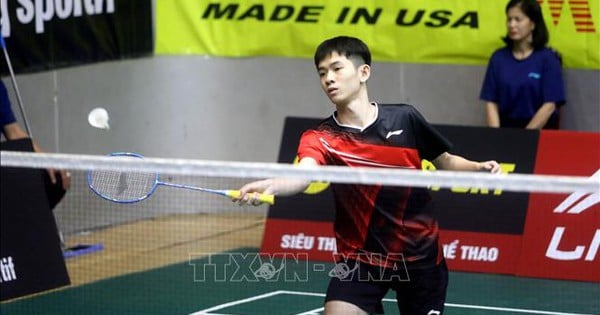











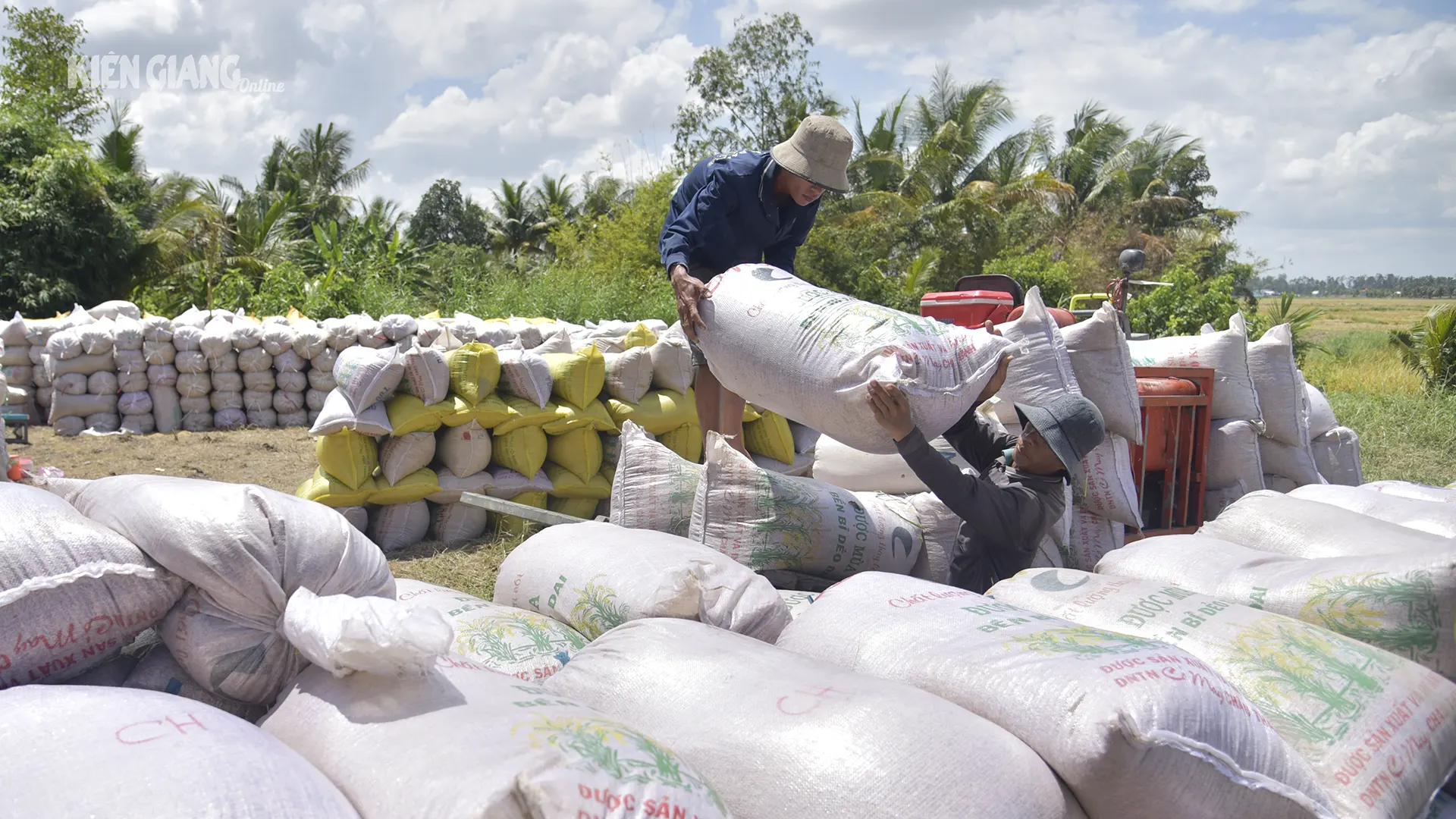
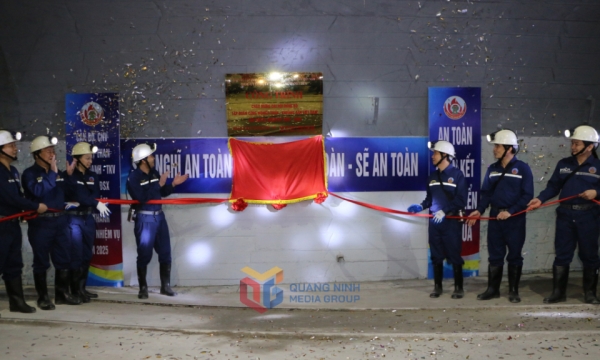













Comment (0)